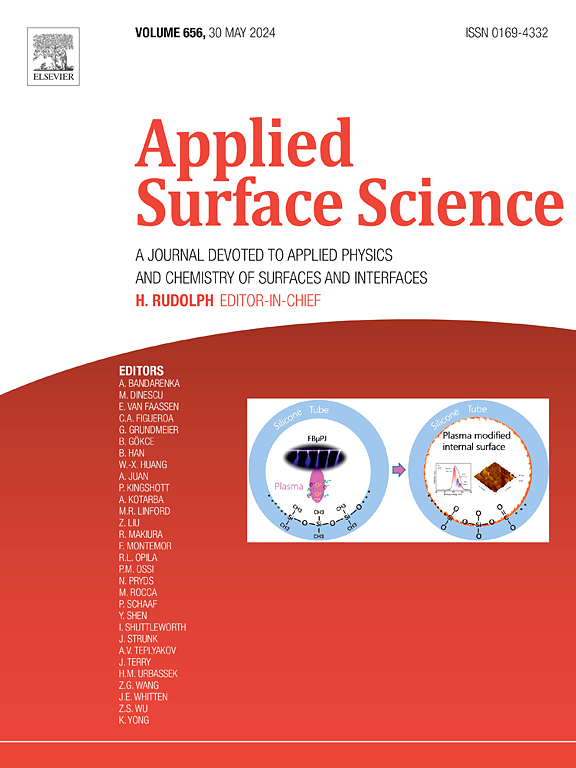Exploration of the crystal effects of hydrolytic dehydrogenation of ammonia borane over Pd/Cu model catalysts: A combined experimental and theoretical study
IF 6.3
2区 材料科学
Q2 CHEMISTRY, PHYSICAL
引用次数: 0
Abstract
During the evolution of supported catalysts toward highly efficient catalysts such as single atom catalysts, the influence of the crystal facets has become progressively more significant. The crystal facet effect remains underexplored in the hydrolysis of ammonia borane (AB). Understanding the catalytic mechanism of highly active crystal facets is crucial for high-performance catalysts, but detailed insights are scarce. In this study, we synthesized and compared the catalytic activities of Pd/Cu cubes, truncated octahedra, and octahedra for hydrogen evolution from ammonia borane in water via the galvanic replacement reaction method. Our findings showed that the Pd/Cu (111) crystal facet had better catalytic activity than Pd/Cu(100). DFT calculations indicated that the Pd/Cu(111) plane facilitated the B-H bond cleavage in AB but not the dissociation of H2O. Further studies with an explicit solvent model and ab initio molecular dynamics method (AIMD) revealed that the conformations of H2O molecules at different catalyst interfaces varied, mainly in hydrogen-bonding structures. The differences in hydrogen bond cooperative effects at different interfaces affected the free energy barrier of the H2O dissociation process, which may constitute a critical source of the observed differences in catalytic activities among various catalyst crystal facets.

Pd/Cu模型催化剂上氨硼烷水解脱氢结晶效应的实验与理论结合研究
在负载型催化剂向高效催化剂(如单原子催化剂)发展的过程中,晶面的影响日益显著。在氨硼烷(AB)的水解过程中,晶面效应尚未得到充分的研究。了解高活性晶面的催化机制对于高性能催化剂至关重要,但详细的见解很少。在本研究中,我们合成并比较了Pd/Cu立方体、截短八面体和八面体对水中氨硼烷析氢的催化活性。结果表明,Pd/Cu(111)晶面比Pd/Cu(100)晶面具有更好的催化活性。DFT计算表明,Pd/Cu(111)平面有利于AB中B-H键的断裂,但不利于H2O的解离。通过显式溶剂模型和从头算分子动力学方法(AIMD)的进一步研究表明,不同催化剂界面上的H2O分子构象不同,主要是氢键结构。不同界面氢键协同效应的差异影响了H2O离解过程的自由能势垒,这可能是不同催化剂晶面催化活性差异的重要来源。
本文章由计算机程序翻译,如有差异,请以英文原文为准。
求助全文
约1分钟内获得全文
求助全文
来源期刊

Applied Surface Science
工程技术-材料科学:膜
CiteScore
12.50
自引率
7.50%
发文量
3393
审稿时长
67 days
期刊介绍:
Applied Surface Science covers topics contributing to a better understanding of surfaces, interfaces, nanostructures and their applications. The journal is concerned with scientific research on the atomic and molecular level of material properties determined with specific surface analytical techniques and/or computational methods, as well as the processing of such structures.
 求助内容:
求助内容: 应助结果提醒方式:
应助结果提醒方式:


